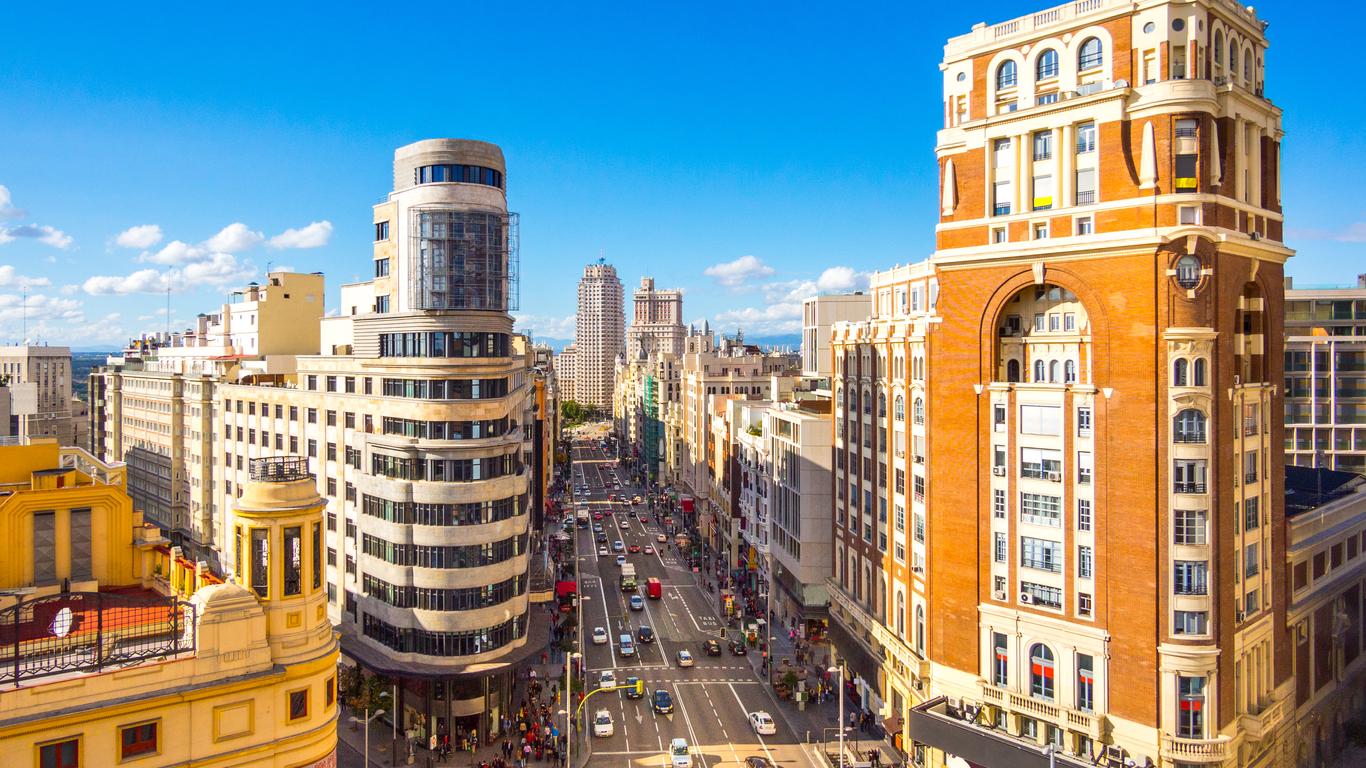Gran Via is one of the main shopping avenues of Barcelona, Spain. Stretching for almost 13 kilometres, it is the longest street in the region of Catalonia. The vast boulevard leads to many of the city’s museums and art attractions. Lined with high street stores, designer boutiques, restaurants and buildings of architectural significance, this is one area of Barcelona no visitor will want to miss.
Lined with stunning architecture, metro stations, bustling squares and stores, Gran Via will entice all travellers to the city. Highlights include the Plaza Monumental de Barcelona, an Art Nouveau bullring which has been converted into a public arena for concerts. There is a museum inside dedicated to the sport which opened following Catalonia’s bullfighting ban. Plaçad'Espanya is one of the city’s most significant squares. The entrance is guarded by twin Venetian towers and Plaza de Toros de las Arenas which is now a popular shopping and restaurant complex. From Plaça d'Espanya visitors can reach Museu Nacional d’Art de Catalunya or MNAC. The museum is renowned for its collection of Romanesque church paintings and displays rare Catalan works of art. A park dedicated to artist Joan Mirósits close by with a 22-metre-tall “Woman and Bird” statue in bold colours. Gran Via is also within a short walk of stunning Palau Nacional, Antoni Gaudí’s famous Casa Batlló, Casa Milà and the bustling thoroughfare of Las Ramblas.
Gran Via is central to the city, the street connects several neighbourhoods and is easy to reach on foot from the main attractions. The street is lined with metro, tram and bus stops. Plaça de Catalunya, one of the city’s main transport hubs is located just off Gran Via. Visitors arriving into Barcelona Sants Railway Station can walk to Plaça d'Espanya in just under 15 minutes. Bicycles are available to hire, and taxi services operate throughout the city.
Gran Via of Barcelona is also known as Gran Via de les Corts Catalanes or “Great Way of the Catalan Courts”. It was included in the city plan or Pla Cerdà at the end of the 19th century. Initially designed to link villages along the coast, the wide street was also home to the first line on the metro network which opened in the 1920s. Visitors are attracted to the vast array of shops, beautiful architecture and nearby museums.





